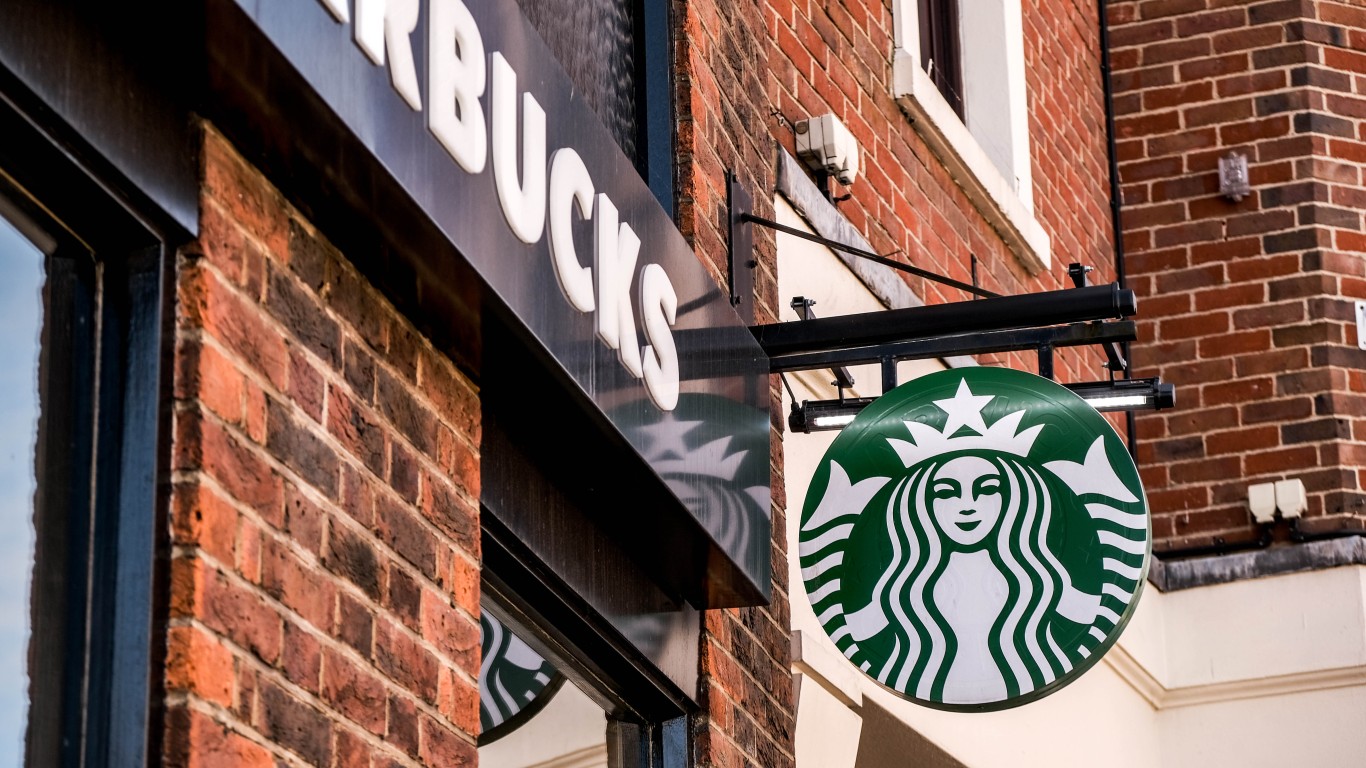

There was a time, about 10 years ago, when many Americans were grateful just to have a job, any job. Double-digit unemployment numbers meant that employers could pay relatively low wages and still be confident of getting and keeping staff.
One segment that benefited from the abundant labor pool was the restaurant business. As the U.S. economy recovered, however, more Americans found better (or better-paying) jobs in other sectors. Then some state and local governments responded to worker demands for better pay by lifting minimum wage requirements with an eye on reaching a federal minimum of $15 an hour, more than double the current $7.25 minimum.
Higher pay clearly benefits workers, but if the pay increases cause a restaurant to go out of business, does the overall economy grow or shrink? The overwhelming conclusion of recent research indicates that rising wages have little to no impact on employment numbers, even though higher pay took most of the heat last week in a bankruptcy filing by Restaurants Unlimited.
A new survey of more than 1,900 food service workers conducted by 7shifts, a company that markets a software scheduling platform, showed that, despite the turnover rate approaching 120%, most restaurant employees rated overall happiness with their jobs an 8 on a scale of 1 to 10. More than 30% rated their happiness at 9 of 10.
Who are these happy people? Nearly a third (32.1%) are 16 to 20 years old and almost as many (31.5%) are 21 to 25. Less than 6% are older than 41. The average age for all workers is just 29. Younger employees who graduate from high school or college often leave the restaurant business for other careers.
More than half (51%) work as servers or bartenders and 22% are cooks. Hosts and hostesses account for 8% of the jobs, and the rest are cashiers, bakers and so on.
Nearly half (44%) earn between $11 and $15 an hour, and a third earn $6 to $10 an hour. A sixth (16%) earn less than $5 an hour, and 7% earn $16 or more. Among those earning less than $5, more than 90% are servers and bartenders who are expected to fill out their incomes with tips. More than half the employees who earn between $6 and $10 an hour are servers and bartenders.
While nonfinancial factors like “Positive Recognition,” “Training from Managers” and “Coworkers” are important, it’s no surprise that nearly two-thirds (62%) of restaurant employees said a pay increase would give the biggest boost to happiness with their jobs. Another quarter (24%) ranked a pay raise at a 4 on a scale of 1 to 5.
Interestingly, given the high turnover rates in the restaurant industry, 63% of employees said it was likely they’d be working at the same store a year from now. 7shifts comments: “The biggest difference between engaged employees and employees who are going to quit is their current satisfaction with their managers, training, team building activities, and the amount of recognition they receive from management.”
Even among the 37% of employees who are unlikely to be around for another year, the most problematic factors they report about their jobs are management, their own roles in the organization and the engagement and training they get on the job. While unhappiness with their wages is a significant factor, 7shifts noted that these workers are affected less by current wages and tips than these nonfinancial factors.
Are wages truly less important than commonly believed even among food service workers who plan to stay in the business? It’s hard to believe that anything other than improved pay will have more than a marginal effect on the turnover rate considering that food service is a low-paying job. The median income is about $25,000 a year, but pay can be lower. These are the lowest-paying jobs in America.
Restaurant operators face other challenges as well. Grocery and convenience now serve more prepared food for takeout than ever before, and third-party delivery services are changing the way many Americans “dine out.” It’s no longer necessary to pack up the family and trundle off to a restaurant. That could lead to the closure of 100,000 restaurants in the next few years, according to Dave Bennett, CEO of industry data management firm Mirus Restaurant Solutions. Right now, Bennett said, “We’re in a zero-sum game. For every restaurant that opens, we close one.”
Other recent research indicates that many Americans just don’t want to spend the money it takes to dine out.
It’s hard not to notice that aside from complaining about their declining profits, many restaurant operators have not done enough to keep up with public demands for great customer service — this fast-food chain has the absolute worst customer service in the country — the one thing that a grocery store or delivery service cannot duplicate. And that service is provided by some of the worst paid employees in the country. Go figure.
Sponsored: Find a Qualified Financial Advisor
Finding a qualified financial advisor doesn’t have to be hard. SmartAsset’s free tool matches you with up to 3 fiduciary financial advisors in your area in 5 minutes. Each advisor has been vetted by SmartAsset and is held to a fiduciary standard to act in your best interests. If you’re ready to be matched with local advisors that can help you achieve your financial goals, get started now.
Thank you for reading! Have some feedback for us?
Contact the 24/7 Wall St. editorial team.
 24/7 Wall St.
24/7 Wall St.


